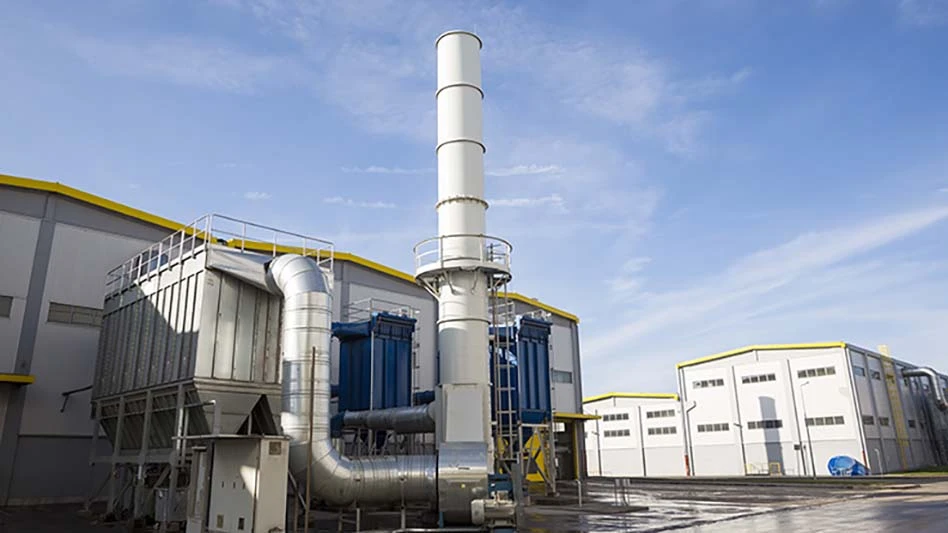
Belish | AdobeStock
The Solid Waste Association of North America's (SWANA’s) Applied Research Foundation (ARF) has released a new report called “Advanced Air Pollution Control at Waste-to-Energy Facilities.”
According to a news release from SWANA, based in Silver Spring, Maryland, ARF’s report provides a review, supplemented by case studies, of commercially proven, new and emerging nitrogen oxide (NOX) and carbon dioxide (CO2) control technologies that could be used in existing waste-to-energy (WTE) facilities.
The association says WTE emissions have significantly declined over the last 30 years. With the investment of more than $1 billion in air pollution control systems, seven of the nine regulated pollutants, such as NOX, were reduced by 95 percent on average.
Despite these accomplishments, SWANA says WTE facilities often are targeted by environmental groups to further reduce emissions since they are often among the largest source of NOX and CO2 emissions in a community.
The report looks at three possible approaches to handling NOX at a WTE facility, including selective noncatalytic reduction (SNCR) technology, advanced SNCR and selective catalytic reduction (SCR). SWANA says all three have advantages and disadvantages that should be considered at WTE facilities.
For example, SWANA says SCR technology implemented at an energy facility operated by the Solid Waste Authority of Palm Beach County, Florida, can get the lowest NOX emission levels for new WTE facilities constructed in the U.S. However, the association says SCR has never been retrofitted on an existing U.S. WTE facility, which is a significant technical and economic challenge due to space constraints and other physical limitations, high capital costs and operating expenses.
The report also examines three approaches to carbon capture technology, including precombustion, postcombustion and oxyfuel combustion.
Of these three methods, postcombustion is the only one that has been commercialized, but it is still in the early stages of commercialization, and large-scale applications need to be technically and economically demonstrated.
SWANA says it hopes the report will serve as a valuable and timely reference document for WTE facility managers as they consider the benefits and costs of investing in additional NOX control technologies and CO2 capture systems. The report also serves as a resource for state and local government officials evaluating WTE facilities.
The full report currently is only available to SWANA ARF subscribers. SWANA members receive free access to ARF industry reports one year after publication.
Latest from Waste Today
- US Senate backs reduced cuts to EPA
- Waste Connections announces Q2 results
- Returnity and Cosmoprof to address reusable bag waste
- SWANA releases report on aging WTE facilities
- New economic assessment reveals cost benefits of California’s SB 54
- Premier Truck Sales & Rental opens new facility
- TeknTrash Robotics, Sharp Group partner on humanoid robot pilot
- Stadler equips mixed waste sorting plant in Sweden





